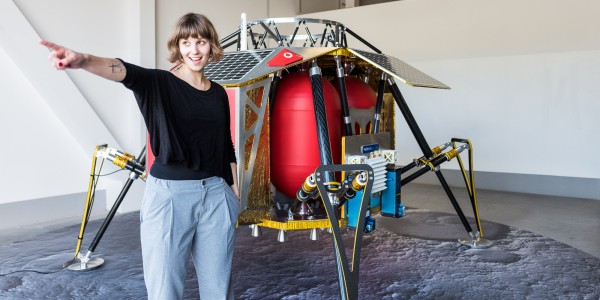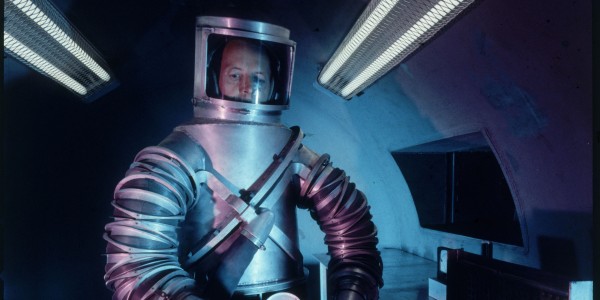She’s sure she’ll cry when it happens. After all, every “giant leap for mankind” so far has brought tears to her eyes. She had the same reaction last April when she saw the first-ever pictures of a black hole.
Nadine Smolka is an engineer at Berlin-based company PTScientists, which is the first private company in Europe planning to send a rocket ship to the moon—as soon as 2021! The 27-year-old and her team are working to ensure a successful landing, the most difficult maneuver of the entire mission. Thus far, no private company anywhere—not even Israeli firm SpaceIL—has succeeded at this. Their ship, Beresheet, crash-landed on the moon in April 2019.
Bright-eyed whirlwind Nadine Smolka says: “If we manage it, this will be the Apollo moment of our generation.”
Space travel is becoming a private enterprise
Up until about 20 years ago, space travel was the domain of the government. Private companies began to venture into space exploration in the late 1990s, about 10 years after the Cold War ended. These pioneers developed software to view Earth from above. A few years later, the first entrepreneurs sent small, cost-effective satellites into orbit. And recently, startups have begun taking the bold step of launching their own spaceships.Thus far they have been moderately successful.
She initially wanted to do something with art
For as long as Nadine Smolka can remember, she has been captivated by outer space. When she went camping with her family, she and her brother spent many a night staring up at the sky until dawn. The siblings were fascinated by the concept that Earth is only a small part of something infinite.
Smolka wanted to “do something with art” after high school, but outer space continued to call to her. She was working at the Deichtorhallen exhibition venue in Hamburg when Antony Gormley’s Horizon Field project opened there. A huge, free-floating platform, it had to be installed with the help of structural engineers. All the scientists Smolka worked with at the museum would ask her whether she really wanted to work with art, since she was so technologically minded. She decided to give the natural sciences a try and registered at TU Berlin (Berlin University of Technology) to study physical engineering.
After attending a presentation by a NASA employee, she was consumed by the thought of going into space
Just after she had finished her bachelor’s degree, she and a friend went to see a short speech by a NASA employee that was called “A Trip to Mars.” Afterward Smolka wanted to take a selfie with the speaker and her friend: “How often do you get a chance like that?” The conversation with the NASA employee quickly turned to the topic of women in technology fields. At some point she told them, “We need female scientists like you.” For her master’s degree, Smolka took only courses related to aeronautics, and she ended up specializing in nozzle flows for rocket engines.






